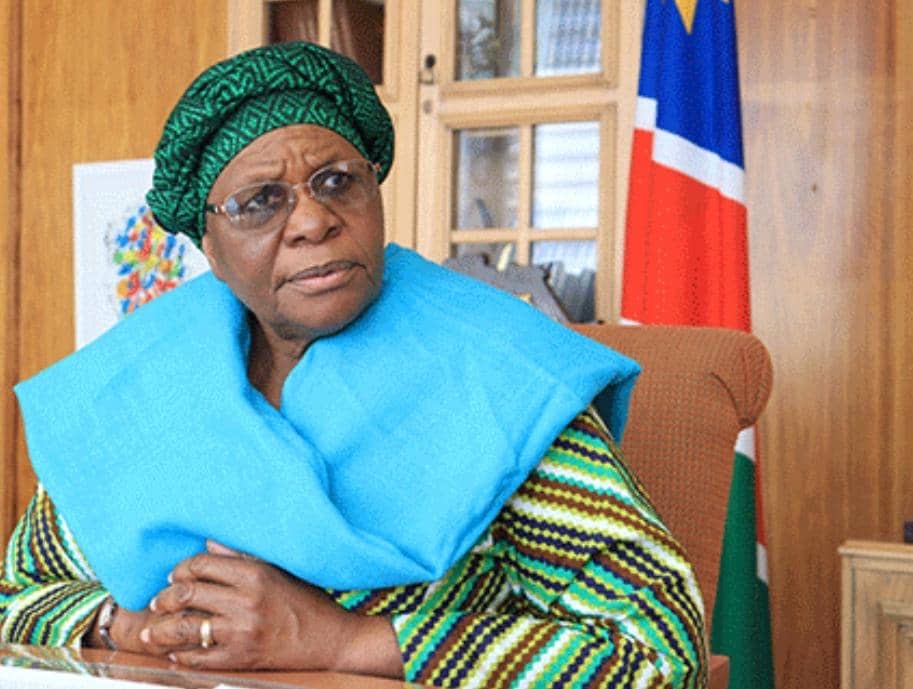The Bank of Namibia (BoN) has declared its highest dividend yet of N$511,1 million since its inception in 1990.
Over its last two financial periods, the central bank maintained a dividend payout of N$413,7 million.
During the recent annual report launch in Windhoek, central bank governor Johannes !Gawaxab said the high dividend can be attributed to increased Southern African Customs Union (Sacu) revenue and higher diamond sales.
“The bank’s financial performance showcased increased robustness in 2023, mainly driven by increased investments on the back of Sacu revenue and higher-than-expected diamond sales, proceeds of the sale of Namibia Breweries to Heineken, and valuation gains,” !Gawaxab said.
Additionally, the bank also recorded more than double the profit it made in 2022, which was attributed to higher interest rates.
“Operating profit soared by 57,5% – from N$651 million in 2022 to N$1,02 billion in 2023 – due to higher interest rates and average investment balances,” !Gawaxab said.
Additionally, the amount designated for distribution increased from N$772,6 million in 2022 to N$956,9 million in 2023.
Total assets increased by N$9,56 billion, – from N$52,36 billion in 2022 to N$61,92 billion in 2023.
An allocation of N$100 million was made to the Development Fund Reserve for development purposes and N$10 million to the Training Fund Reserve.
According to the report, the Namibian Interbank Settlement System processed a total of N$1,2 trillion worth of transactions last year.
Single transactions made up N$800,5 billion, including individual electronic payments made between accounts, like salaries being deposited or bills being paid online while Off-Us card and electronic fund transfer transaction values amounted to N$405,3 billion.
These are transactions involving cards or electronic fund transfers, but of which the involved accounts are held by different banks.
Deputy minister of finance and public enterprises Maureen Hinda-Mbuende said these dividends come at a time when there are challenges with resources needed to meet social demands.
“These dividend payments emerge as lifelines crucial for our nation’s progress. As Namibia’s population surges past the three-million mark, the pressure on social services intensifies, making each financial injection even more crucial.
“These dividends aren’t merely financial transactions; they are catalysts for transformation, addressing critical developmental needs,” Hinda-Mbuende said.
Additionally she lauded the bank for the establishment of the Welwitschia Fund, which has grown from N$262 million to N$425 million.
“It represents a significant step towards fortifying Namibia’s fiscal resilience amid global economic fluctuations,” Hinda-Mbuende said.
Namibia’s current account deficit increased from N$26,4 billion in 2022 to N$34,1 billion in 2023, which represented 15% of Namibia’s gross domestic product in 2023, compared to 12,8% in the previous year.
This means the value of goods and services Namibia imports was significantly higher than that of its exports, which was mainly attributed to a rise in spending on services and sending money abroad (primary income).
– email:shania@namibian.com.na; Twitter: @ShaniaLazarus
Stay informed with The Namibian – your source for credible journalism. Get in-depth reporting and opinions for
only N$85 a month. Invest in journalism, invest in democracy –
Subscribe Now!







